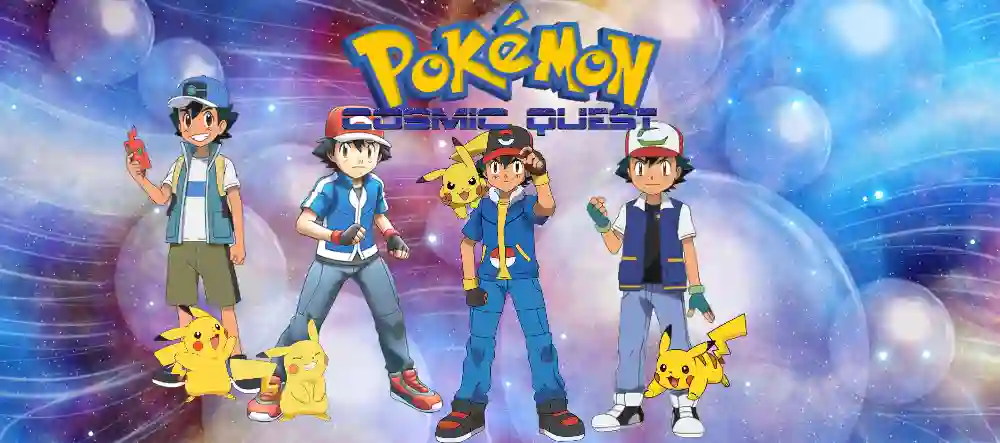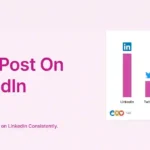Manga XYZ, the dynamic and diverse world of Japanese comics, serves not only as a form of entertainment but also as a powerful medium for cultural commentary. “Crafting Cultural Commentary: Manga XYZ as a Reflection of Society” delves into the ways in which mangaka (manga artists) infuse their works with social observations, commentary, and reflections on the complexities of the society they inhabit.
1. Societal Themes in Manga XYZ Narratives
One of the defining features of Manga XYZ is its ability to tackle a wide array of societal themes within its narratives. From the exploration of identity, belonging, and societal expectations to the critique of social norms and hierarchies, mangaka use their storytelling prowess to shed light on the multifaceted nature of the human experience. Works like “My Brother’s Husband” by Gengoroh Tagame and “March Comes in Like a Lion” by Chica Umino exemplify the medium’s capacity to address societal issues with nuance and sensitivity.
2. Gender Roles and Identity Exploration
Manga XYZ often serves as a platform for the exploration of gender roles and identity. Mangaka challenge traditional notions of masculinity and femininity, offering narratives that delve into the complexities of gender dynamics. Works like “Wandering Son” by Takako Shimura and “Princess Jellyfish” by Akiko Higashimura navigate themes of gender identity, societal expectations, and the struggles faced by individuals who do not conform to conventional norms.
3. Diversity and Inclusivity in Manga XYZ
The medium actively reflects and contributes to discussions about diversity and inclusivity. Mangaka craft stories featuring characters from various backgrounds, ethnicities, and sexual orientations, fostering a sense of representation for readers. “My Lesbian Experience with Loneliness” by Nagata Kabi and “Blue Flag” by KAITO exemplify Manga XYZ’s commitment to portraying diverse experiences and perspectives within its storytelling.
4. Social Commentary on Technology and Modernity
Manga XYZ frequently engages with the impact of technology and modernity on society. Mangaka explore the nuances of a rapidly changing world, questioning the consequences of technological advancements and societal shifts. Works like “Eden: It’s an Endless World!” by Hiroki Endo and “Paranoia Agent” by Satoshi Kon delve into the darker aspects of modern life, presenting a commentary on the intersection of technology and human behavior.
5. Economic Disparities and Class Struggles
The socio-economic landscape often becomes a canvas for mangaka to paint narratives that depict class struggles and economic disparities. “Tokyo Revengers” by Ken Wakui and “The Way of the Househusband” by Kousuke Oono offer insights into the challenges faced by individuals from different socio-economic backgrounds, providing a lens through which readers can reflect on societal inequalities.
6. Political Critique and Social Movements
Manga XYZ doesn’t shy away from addressing political issues and social movements. Mangaka use their works to offer critiques of political systems, corruption, and the consequences of power imbalances. “Attack on Titan” by Hajime Isayama and “Golden Kamuy” by Satoru Noda incorporate elements of political intrigue and societal unrest, reflecting the turbulent times in which they were created.
7. Cultural Traditions and Heritage
Manga XYZ becomes a repository for the exploration of cultural traditions and heritage. Mangaka celebrate and interrogate cultural practices, folklore, and historical events, preserving and questioning aspects of Japan’s rich cultural tapestry. “Ooku: The Inner Chambers” by Fumi Yoshinaga and “Golden Kamuy” again stand out for their meticulous attention to historical and cultural details, offering readers a window into Japan’s past.
8. Environmental Awareness and Conservation
Environmental issues and the impact of human activities on nature find expression in Manga XYZ. Mangaka use their narratives to raise awareness about environmental challenges, advocating for conservation and sustainability. “Nausicaä of the Valley of the Wind” by Hayao Miyazaki and “Children of the Sea” by Daisuke Igarashi are notable examples that explore the intricate relationship between humanity and the environment.
9. Coping with Mental Health and Societal Pressures
Manga XYZ often serves as a compassionate exploration of mental health issues and the societal pressures that contribute to them. Mangaka delicately portray characters dealing with anxiety, depression, and societal expectations, fostering empathy and understanding among readers. “A Silent Voice” by Yoshitoki Oima and “My Lesbian Experience with Loneliness” delve into the complexities of mental health, inviting readers to confront and contemplate these often stigmatized topics.
10. Educational Commentary: Historical and Scientific Manga XYZ
Manga XYZ also serves as an educational tool, offering commentary on historical events, scientific principles, and societal advancements. Creators like Osamu Tezuka, with works such as “Buddha” and “Black Jack,” and Riichi Ueshiba, with “Pluto,” seamlessly weave educational elements into their narratives, providing readers with both entertainment and enlightenment.
Conclusion:
In conclusion, Manga XYZ serves as a reflective mirror, capturing the myriad facets of Japanese society and the broader human experience. Mangaka, through their craft, become cultural commentators, addressing societal challenges, celebrating diversity, and offering nuanced perspectives on the world around them. As Manga XYZ continues to evolve, it remains a vital medium for those seeking not only entertainment but also a deeper understanding of the intricate interplay between individuals and the societies they navigate.




